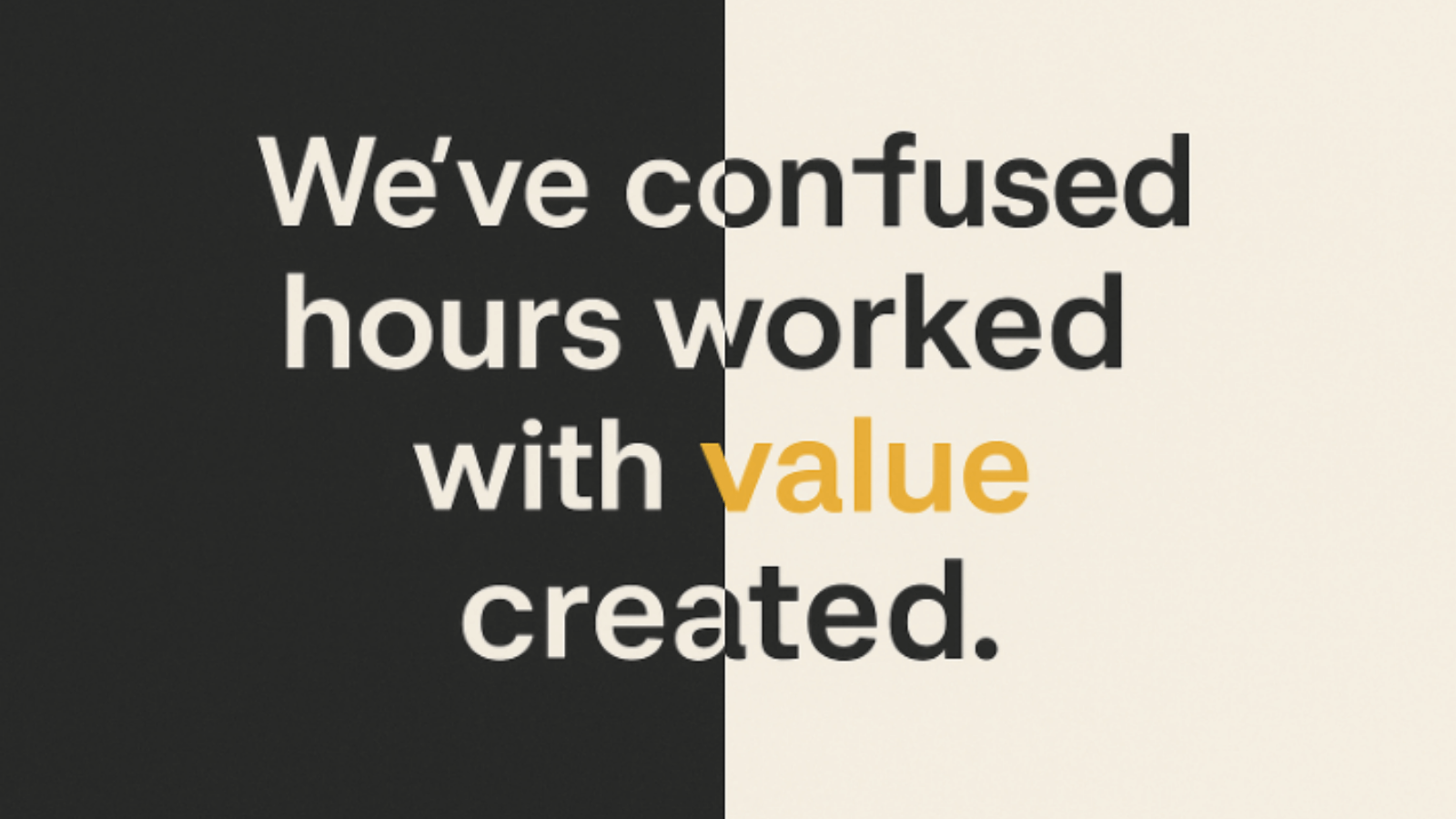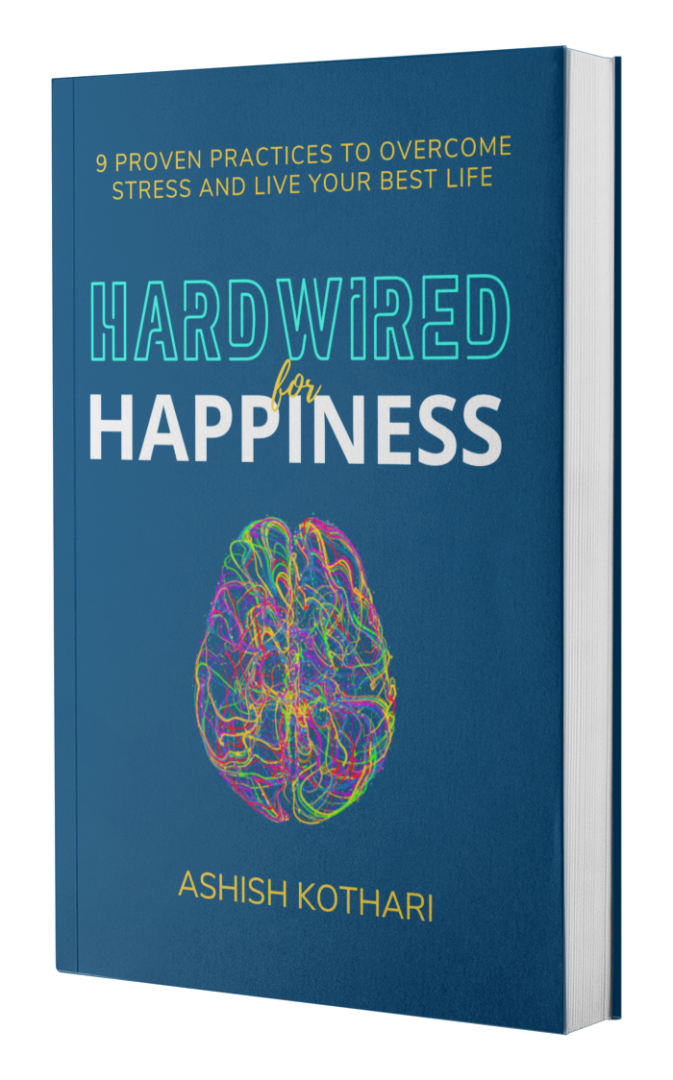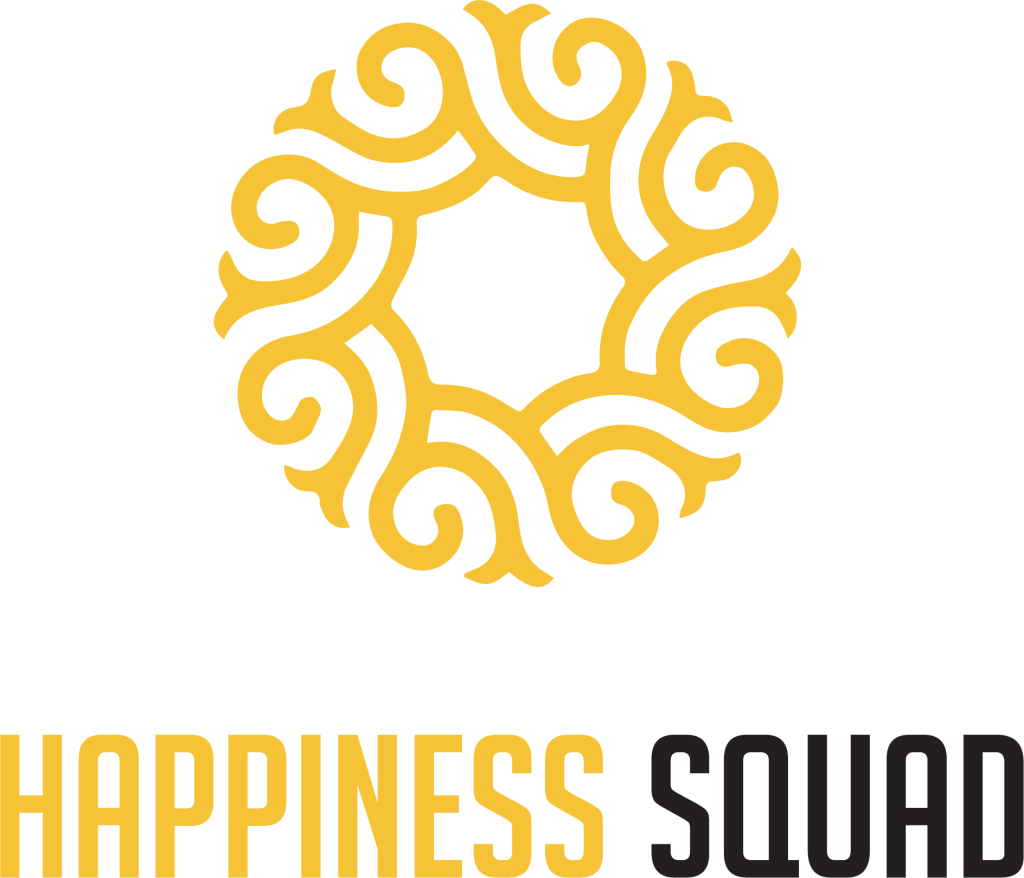
Rest Is Not Idleness: Why Working Less Can Help Us Flourish More
What if the key to higher productivity, stronger cultures, and better well-being isn’t working more, but working less?
I recently had a great conversation with Karen Lowe, CEO of the 4-Day Workweek Global and one of the pioneers bringing this movement to life around the world. Her journey began in South Africa, a country where well-being scores are among the lowest globally and overwork has long been normalized. Against the odds, she launched the world’s fourth-ever pilot of the four-day workweek.
The results were fascinating:
Burnout dropped. Sleep and exercise improved. Family relationships strengthened. And, surprisingly to some, productivity and revenue rose.
As Karen told me,
“The four-day week isn’t about working less. It’s about working better with more focus, energy, and humanity.”
That sentence alone captures a profound truth about our times: We’ve confused hours worked with value created.
The Overwork Illusion
I’ve long believed that our workplaces are fundamentally broken. When Oxford research shows that only 20% of people are thriving at work, we can’t call that a system that simply needs tweaking. We need to rebuild it from the ground up.
“If only 20% of people are thriving at work,” I said to Karen, “our workplaces aren’t just imperfect, they’re fundamentally broken.”
Karen agreed. She has seen firsthand how deeply ingrained our addiction to “doing” has become. “We’ve forgotten how to pause,” she said. “Permission is the key that unlocks flourishing.”
We often wear exhaustion like a badge of honor. Yet what we call productivity is often just busyness in disguise. Endless meetings, multitasking, and the slow erosion of our capacity to think deeply or recover fully.
No one can perform at their best when constantly depleted.
Karen said,
“Rest is not idleness. It’s an active state of renewal that keeps us human.”
That idea reframes rest as a strategic act of doing, an input for better thinking, stronger performance, and deeper connection.
The 100–80–100 Model: Doing More with Less
So, how does the four-day week actually work?

At its core lies a simple equation: 100% pay, 80% time, 100% productivity. This model isn’t about cramming 40 hours into four days. It’s about giving employees the freedom to deliver results more efficiently, by eliminating waste and designing work around energy, not exhaustion.
“No one is efficient for eight hours straight,” Karen explained. “We’re unintentional with our time. Back-to-back meetings, constant distractions, and no space for deep work. The four-day week forces us to reclaim that intentionality.”
Organizations start by identifying inefficiencies: redundant meetings, unnecessary approvals, unproductive habits. Then they ask a simple question: How can we achieve the same results in 20% less time?
That inquiry alone sparks innovation. Teams redesign their workflows, prioritize what truly matters, and co-create new norms that balance autonomy with accountability.
And the results?
Companies in the 4-Day Week Global trials reported stable or improved revenue, with some experiencing up to 33% increases in productivity. Meanwhile, burnout, absenteeism, and turnover declined across the board.
Trust Is the New Currency
The magic of the four-day week doesn’t come from a new policy. It comes from a new mindset which is rooted in trust.
“The four-day week works because it’s built on trust,” Karen told me. “I trust you to do your job, now tell me how it’s possible.”
It’s a bottom-up model, not a top-down mandate. Teams collectively define how they’ll meet their goals, and every person’s contribution matters. As Karen described it, “Your time off is not just your time off. If your productivity drops, the whole team loses the privilege.”
This shared accountability changes the culture. People stop overpromising and start owning outcomes. Meetings get shorter. Priorities get clearer. Leaders stop micromanaging and start enabling.
It’s no coincidence that organizations that thrive with shorter workweeks are the ones that cultivate autonomy, psychological safety, and purpose, the same ingredients that drive human flourishing.
Flourishing as a Felt State
Flourishing, Karen says, can’t be reduced to a KPI. It’s something you feel.
“Flourishing is working at my capacity, not beyond it,” she told me. “It’s feeling energized, connected, and proud of my performance. It’s using my time deliberately, at work, at play, and at rest.”
Flourishing isn’t just about happiness or success. It’s about capacity. The ability to bring your best self to what matters most, without losing yourself in the process.
It’s about aligning Purpose, Energy, Awareness, Relationships, and Lifeforce (the PEARL model). The four-day week, at its best, creates the conditions for PEARL to thrive.
A Case Study in Renewal
One of Karen’s favorite examples came from Stellenbosch University in South Africa. Their student counseling center, staffed by 66 therapists and social workers, was drowning in burnout. Before the four-day trial, they logged 51 sick days in March alone.
After adopting a four-day schedule, absenteeism dropped to four days. Wait times for students to receive counseling fell from three months to three weeks. The center even saved millions of rand by reducing its reliance on external contractors.
“Six months, that’s all it took to transform a system,” Karen said. “They didn’t need more funding or more people. They needed permission to work differently.”
That story captures the heart of this movement: small structural changes can create exponential human benefits.
From Control to Belief
If there’s one thing I’ve learned, it’s this: the hardest shift in any system is the mindset shift.

During our conversation, I found myself reflecting on my own journey. In my last five years at McKinsey, I worked part-time, 70% of a full schedule. I was nervous at first, worried I’d be seen as less committed. Yet something remarkable happened: my impact went up.
I was fully present when I worked, deeply engaged, and had more energy for my writing, family, and health.
I even wrote my book Hardwired for Happiness during that period.
So I came into this conversation both a believer and a doubter and left convinced that the four-day week is possible when trust, purpose, and belief align.
“Four-day workweeks don’t start with policy,” I told Karen. “They start with belief. Belief in trust, purpose, and people.”
Actionable Takeaways: How to Start the Shift
Here are three ways any leader or team can begin this transformation even without officially moving to a four-day week:
- Audit your time for waste.
Spend a week tracking your team’s meetings and focus time. What truly drives impact? What can go? Create no-meeting mornings or deep work blocks to free up cognitive space. - Give permission to pause.
Normalize rest. Model it. As a leader, block your calendar for recovery time and talk about it openly. Rest is not idleness; it’s fuel. - Build a culture of trust and accountability.
Move from managing time to managing outcomes. Set clear goals, empower people to choose how to deliver them, and celebrate learning from experimentation.
The Future of Work Is Human
We are at an inflection point. The pandemic forced us to question what truly matters, but many organizations have slipped back into old habits of overwork and endless hustle. The four-day workweek isn’t just a scheduling experiment it’s a cultural reset.
It asks us to redefine success not by hours worked, but by lives well lived.
As Karen beautifully put it,
“We’ve normalized exhaustion. It’s time to normalize renewal.”
And perhaps the greatest act of leadership today is to create systems where renewal, not burnout, becomes the norm.
Because flourishing isn’t a luxury for the few.
It’s the foundation for sustainable success for all.
Learn more about Karen on Linkedin.
Listen to the podcast with Ashish and Karen below. You can also listen on Apple Podcasts.
Access and subscribe to all of the episodes of the Flourishing Edge Podcast here.
Make Flourishing Your Competitive Edge.


